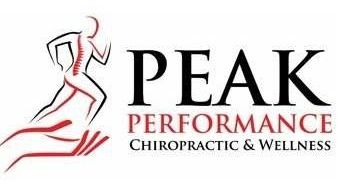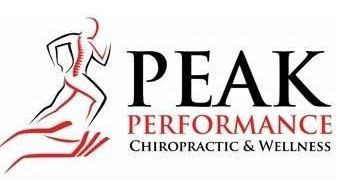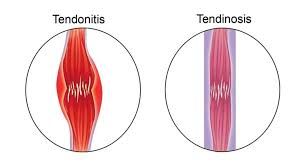
If you’ve ever had nagging elbow pain after a long weekend of yard work, or your Achilles tendon screaming at you after ramping up your mileage too quickly, you may have heard the term “tendinitis” tossed around. It’s the go-to explanation for tendon pain—but here’s the plot twist: not all tendon pain is actually tendinitis. Sometimes, it’s tendinosis. While the names sound almost identical, these conditions are very different. Understanding which one you’re dealing with is key to proper treatment, preventing reinjury, and speeding up recovery. Let’s break it down in a way that makes sense (no medical degree required).
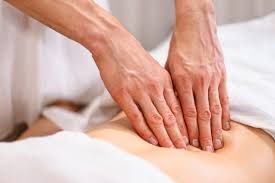
When most people think about massage, they picture sore shoulders, tight hamstrings, or a knot in the middle of their back. But did you know massage can also target areas inside the body? We’re not talking about bones or muscles this time—we’re talking about your organs. Visceral massage, sometimes called visceral manipulation, is a specialized form of therapy that focuses on releasing restrictions around the organs in your abdomen and chest. This technique may sound a little different than what you’re used to, but it has been shown to help with everything from digestion to chronic pain. Let’s break down what visceral massage is, why it works, and who may benefit.
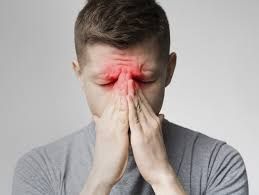
Ah, Buffalo weather—one day, you’re bundled up like you’re trekking through the Arctic, and the next, you’re debating if it’s too early to break out the shorts. While this meteorological rollercoaster keeps things interesting, it’s also a prime culprit for sinus issues. If your head feels like it’s stuffed with cotton, your face is aching, and you can’t seem to stop sneezing, you’re not alone. Let’s dive into why these rapid temperature swings wreak havoc on your sinuses and what you can do to breathe easier. Why Do Temperature Swings Mess With Our Sinuses? Your sinuses are air-filled cavities in your skull that produce mucus to keep your nasal passages moist and protect against irritants like dust, allergens, and bacteria. But when temperatures jump from freezing to balmy in a matter of hours, your sinuses don’t always adjust smoothly. Here’s why: Barometric Pressure Changes: Shifts in atmospheric pressure can cause sinus cavities to expand and contract, leading to congestion and pain. Increased Mucus Production: Cold air dries out nasal passages, prompting your body to produce more mucus, which can lead to blockages and sinus infections. Allergen and Pathogen Fluctuations: Warm days can bring a resurgence of mold spores and pollen, while cold snaps increase indoor time and exposure to dust and pet dander. Vasodilation & Constriction: Blood vessels in your nasal passages respond to temperature changes by expanding or contracting, sometimes triggering inflammation and congestion. Basically, your sinuses are trying to adapt to Buffalo’s mood swings, but they don’t always do it gracefully. How to Combat Sinus Issues Like a Pro While you can’t control the weather, you can take steps to keep your sinuses happy. Here’s how: 1. Stay Hydrated Dry air equals dry sinuses, which equals trouble. Drinking plenty of water helps thin out mucus and keeps your nasal passages from drying up. Herbal teas and broths are also great for hydration (bonus: steam from a hot cup of tea can give your sinuses an extra boost). 2. Use a Humidifier Buffalo winters are notoriously dry, and indoor heating only makes things worse. A humidifier adds moisture to the air, preventing your sinuses from drying out. Aim for a humidity level between 30-50% to keep things balanced. 3. Try a Nasal Rinse Saline sprays or neti pots can flush out allergens, irritants, and excess mucus. Just be sure to use distilled or previously boiled water to avoid introducing bacteria. 4. Get Moving Exercise increases circulation and can help reduce nasal congestion. Even a brisk walk can get things flowing. Just be mindful of outdoor allergens on warmer days! 5. Apply Warm Compresses A warm towel over your sinuses can help open nasal passages and relieve pressure. It’s a simple, soothing fix when sinus pain strikes. 6. Seek Chiropractic Care Wait—chiropractic care for sinus issues? Yep, you read that right. Adjustments, particularly in the upper cervical spine, can help promote proper drainage of the sinuses. Misalignments in the neck can impact nerve function and circulation, potentially leading to sinus congestion. Chiropractic care can help restore balance and improve overall function, making it easier for your body to fight off sinus-related discomfort. 7. Massage Therapy for Sinus Relief A good sinus massage can work wonders. Massage techniques targeting the face, neck, and shoulders help improve circulation, encourage lymphatic drainage, and reduce tension that might be contributing to sinus pressure. Many people find relief from gentle facial massage, especially around the cheekbones and eyebrows, where sinus cavities tend to become inflamed. Plus, it’s incredibly relaxing—who doesn’t want an excuse for a massage? 8. Support Your Immune System A strong immune system means fewer sinus infections. Load up on nutrient-rich foods like fruits, veggies, and healthy fats. Probiotics from yogurt or fermented foods can also support your gut, which plays a big role in immune health. And let’s not forget good old-fashioned rest—your body needs sleep to function at its best. 9. Avoid Common Triggers If you’re sensitive to pollen: Check air quality reports and keep windows closed on high pollen days. If you’re prone to indoor allergies: Regularly clean bedding, vacuum with a HEPA filter, and replace furnace filters frequently. If strong scents bother you: Avoid heavy perfumes, scented candles, and harsh cleaning chemicals. 10. When to See a Professional If your sinus issues are persistent, leading to frequent infections, or accompanied by severe pain or fever, it’s time to check in with a healthcare provider. While home remedies and chiropractic/massage care can help immensely, some cases require medical attention. Breathe Easier With the Right Care Buffalo’s wild weather may be unavoidable, but sinus misery doesn’t have to be. By taking proactive steps and incorporating chiropractic and massage care into your wellness routine, you can stay ahead of sinus troubles and enjoy the season—whatever temperature it decides to be today! At Peak Performance Chiropractic & Wellness, we’re here to help you find relief from sinus-related discomfort. Whether through targeted chiropractic adjustments or sinus-focused massage therapy, our team can help you breathe easier and feel your best. Schedule an appointment today and give your sinuses the support they deserve! Bethany Wolcott D’Youville Chiropractic ‘26
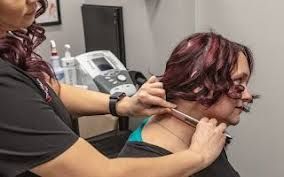
When we think about healing injuries or alleviating chronic pain, our minds often jump to medications or surgical interventions. However, there's a fascinating and effective approach rooted in the body's natural response to mechanical stimuli: mechanotherapy. This method leverages specific physical forces to stimulate tissue repair and regeneration. Let's delve into how chiropractic care and massage therapy employ mechanotherapy principles to promote healing and enhance well-being. Understanding Mechanotherapy Mechanotherapy refers to treatments that utilize mechanical means—such as manual manipulation, pressure, or movement—to encourage the body's natural healing processes. By applying targeted mechanical forces, mechanotherapy aims to stimulate cellular responses that lead to tissue repair, reduced inflammation, and improved function. Chiropractic Care: Aligning the Spine and Beyond Chiropractic care focuses on diagnosing and treating musculoskeletal disorders, particularly those related to the spine. Chiropractors employ manual adjustments and manipulations to correct misalignments which can impede nerve function and lead to pain or discomfort. These spinal adjustments are a form of mechanotherapy. By applying precise force to specific joints, chiropractors aim to restore proper alignment and mobility. This mechanical stimulus can lead to several physiological responses: Enhanced Nervous System Function: Proper spinal alignment ensures that the nervous system operates without interference, facilitating better communication between the brain and the rest of the body. Pain Reduction: Adjustments can alleviate pressure on nerves, leading to decreased pain levels. Improved Mobility: Restoring joint function enhances range of motion, allowing for more fluid and pain-free movement. Massage Therapy: Manipulating Soft Tissues for Recovery Massage therapy involves the systematic manipulation of the body's soft tissues, including muscles, tendons, and fascia. Various techniques are used to address issues like muscle tension, pain, and stress. As a form of mechanotherapy, massage therapy provides mechanical stimuli that can lead to: Increased Blood Flow: The manual pressure applied during massage enhances circulation, delivering more oxygen and nutrients to tissues and aiding in waste removal. Reduced Muscle Tension: Manipulating muscles helps break down adhesions and knots, leading to relaxation and decreased stiffness. Stimulation of Healing Processes: Mechanical pressure can trigger cellular responses that promote tissue repair and reduce inflammation. The Synergy of Chiropractic Care and Massage Therapy Combining chiropractic care and massage therapy can offer a comprehensive approach to musculoskeletal health. While chiropractic adjustments focus on aligning the skeletal system, massage therapy addresses the surrounding soft tissues. This dual approach ensures that both the structural and muscular components of the body are working harmoniously. For instance, receiving a massage before a chiropractic adjustment can relax muscles, making the spine more receptive to alignment. Conversely, an adjustment followed by massage can help maintain the alignment by reducing muscle tension that might pull the spine out of place. Scientific Foundations of Mechanotherapy The effectiveness of mechanotherapy is supported by research into mechanotransduction—the process by which cells convert mechanical stimuli into biochemical signals. This process is crucial for maintaining tissue health and initiating repair mechanisms. Studies have shown that mechanical loading of tissues, such as through massage or joint manipulation, can lead to: Upregulation of Growth Factors: Mechanical stimuli can increase the production of growth factors like insulin-like growth factor 1 (IGF-1), which play a role in tissue repair and regeneration. Cellular Proliferation: Mechanical forces can stimulate cells to divide and produce new tissue, aiding in the healing process. Extracellular Matrix Remodeling: Mechanical interventions can influence the structure and composition of the extracellular matrix, improving tissue resilience and function. Embracing Mechanotherapy in Your Wellness Journey Incorporating mechanotherapy principles through chiropractic care and massage therapy can be a proactive approach to managing pain, enhancing mobility, and promoting overall well-being. By leveraging the body's natural responses to mechanical stimuli, these therapies offer a pathway to healing that aligns with our innate physiological processes. If you're considering adding these therapies to your health regimen, it's essential to consult with qualified professionals who can assess your individual needs and develop a personalized treatment plan. At Peak Performance Chiropractic & Wellness, our team is dedicated to providing evidence-based care tailored to support your journey toward optimal health. Experience the Benefits at Peak Performance At Peak Performance here in Buffalo, NY, we offer expert chiropractic care and licensed massage therapy to help you move better, feel better, and perform at your best. Whether you're recovering from an injury, managing chronic pain, or simply looking to improve mobility, our team is here to support your health goals. Book an appointment today and experience the benefits of evidence-based chiropractic and massage therapy firsthand. Bethany Wolcott D’Youville Chiropractic ‘26
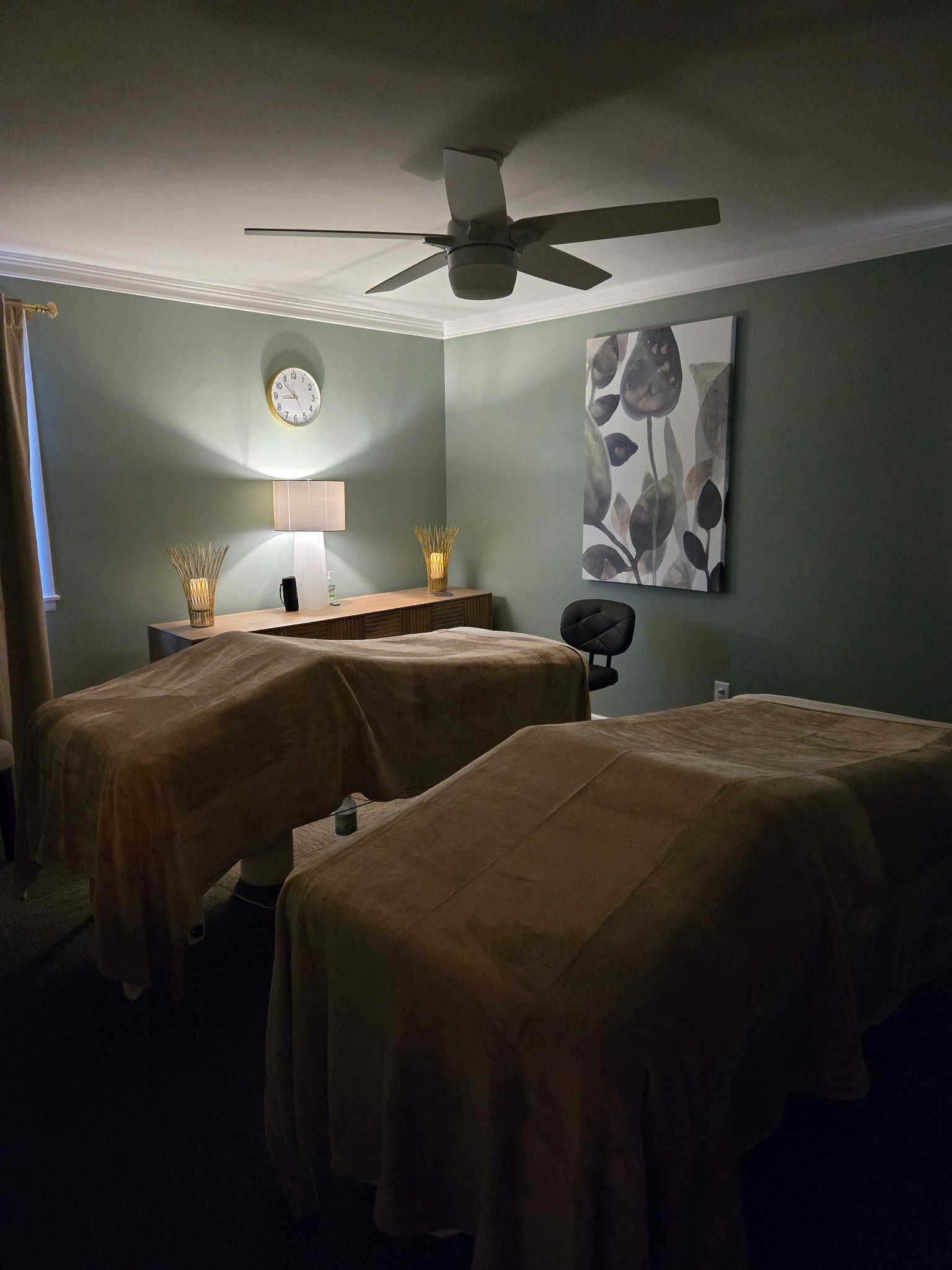
Valentine’s Day is just around the corner, and let’s face it: the dinner-and-flowers routine can feel a bit overdone. If you’re looking for a unique, thoughtful way to spend quality time with your special someone, a couples massage could be the perfect solution. Beyond just relaxing, it’s a gift that benefits both of you in the long run—and who doesn’t love a little pampering? Here are 14 reasons why a couples massage at Peak Performance in Buffalo, NY, should top your Valentine’s Day plans this year: 1. Shared Relaxation Time In today’s busy world, finding time to relax together can be tricky. A couples massage offers a dedicated window of uninterrupted peace where you can both decompress and enjoy each other’s company. No phones, no distractions, just pure relaxation. 2. Strengthen Your Connection Shared experiences often bring people closer together, and a massage is no exception. During a couples massage, the synchronized relaxation and shared atmosphere can enhance feelings of closeness and connection. 3. Relieve Stress—Together Stress doesn’t just affect one person; it can influence your relationship too. Massage therapy is proven to reduce cortisol levels (the stress hormone), leaving you both feeling lighter and more at ease. 4. Boost Those Feel-Good Hormones Massage stimulates the release of serotonin and dopamine, which are the body’s natural mood elevators. Sharing that uplifting experience together can set the tone for a cheerful and loving Valentine’s Day. 5. Double the Benefits, Half the Effort Getting a massage solo is wonderful, but experiencing it side by side makes it extra special. Both of you get pampered at the same time, making the experience even more efficient and rewarding. 6. It’s Not Just for Romantic Partners A couples massage isn’t limited to romantic relationships. Whether you’re celebrating Galentine’s Day with a best friend or treating a close family member, sharing a massage is a memorable way to bond. 7. Improved Circulation Massage therapy helps improve blood flow, which can alleviate muscle soreness, increase energy levels, and promote overall wellness. Imagine feeling rejuvenated and energized—together! 8. Celebrate Without the Calories Chocolate and champagne are lovely but not always in line with everyone’s wellness goals. A couples massage offers indulgence without the sugar crash, making it a guilt-free Valentine’s Day treat. 9. Tailored to Your Needs At Peak Performance, our skilled therapists tailor each massage to your unique preferences. Whether one of you loves deep tissue work and the other prefers gentle Swedish massage, we’ve got you covered. 10. Unwind Before or After Dinner A massage is the perfect bookend to your Valentine’s Day plans. Start your evening on a relaxed note or finish it with a rejuvenating experience that prepares you for a great night’s sleep. 11. Support Local Businesses Booking a couples massage at a local chiropractic and massage office, like ours in Buffalo, not only pampers you but also supports your community. Feel good knowing your celebration is helping local professionals thrive. 12. Encourage Self-Care Massages aren’t just about relaxation; they’re also a form of self-care. By booking a couples massage, you’re not only prioritizing your partner’s well-being but also reinforcing your own. It’s the gift of wellness—doubled. 13. No Stressful Planning Required Forget the long restaurant waits or elaborate trip planning. A couples massage is simple to book and delivers a high return on happiness. Plus, we’ll handle all the details, so you can just show up and enjoy. 14. A Unique Valentine’s Gift Let’s be honest: another box of chocolates or bouquet of roses might not leave a lasting impression. A couples massage, on the other hand, is a thoughtful, memorable experience that shows how much you care. Why Choose Peak Performance in Buffalo, NY? Our team of licensed massage therapists specializes in creating customized experiences for each client. Whether you’re new to massage therapy or a regular, we’ll ensure your Valentine’s Day is unforgettable. We offer a relaxing, professional environment perfect for couples looking to reconnect and unwind. Booking is easy—just give us a call or stop in to reserve your spot. But hurry! Valentine’s Day appointments fill up quickly. This year, think outside the (chocolate) box and give your loved one the gift of relaxation, connection, and wellness. Trust us, your Valentine will thank you. Bethany Wolcott D’Youville Chiropractic ‘26
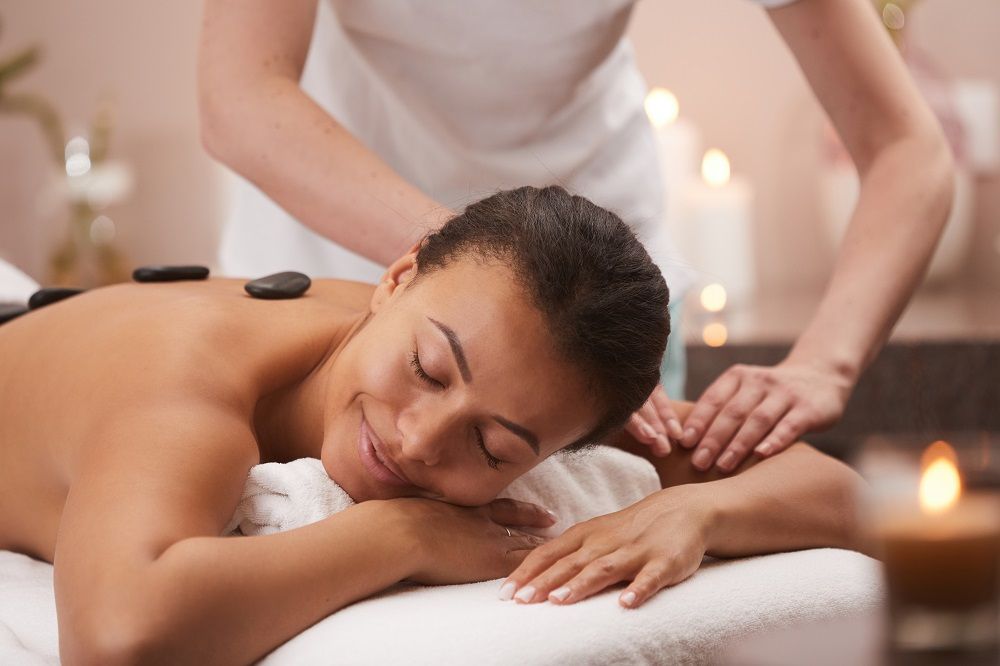
Whether you’re a first-timer or a frequent flyer, this is the time of year to prioritize self-care! The holiday season has a way of cranking up the stress levels, and your body tends to hold onto that tension like it’s clinging to the last gingerbread cookie on the plate. Prioritizing your mental health and your body can take the edge off the holiday madness. In case you need a little extra convincing to carve out 30, 60, or even 90 minutes just for yourself, here are 9 reasons to book a deep tissue massage this month : 1. Improved Mobility You’re wrapping gifts on the floor at 2 a.m. or reaching for that last box of ornaments on the top shelf—holiday activities demand a certain level of flexibility. Luckily, deep tissue massage can help increase your range of motion and keep your joints and muscles moving more freely. Studies show this type of massage works deep into the muscles to release adhesions and reduce stiffness, so you’ll be bending, lifting, and stretching with ease this season. 2. Pain Relief Is your back sore from shoveling snow or are your shoulders tight from carrying heavy shopping bags? A deep tissue massage is your holiday miracle worker. Chronic pain, sports injuries, or even flare-ups from new seasonal activities (hello, ice skating tumbles!) can all benefit from this targeted therapy. Our licensed massage therapists in Buffalo, NY, specialize in relieving discomfort and addressing the root causes of muscle tension. Don't wait—gift yourself some relief! 3. Reduced Inflammation Sure, red is the color of the season, but inflamed joints and muscles aren’t quite as festive. Deep tissue massage enhances blood flow, which helps to flush out toxins and reduce inflammation. This improved circulation promotes faster healing and less stiffness. Whether you’re recovering from a tough workout or simply trying to feel more comfortable in your winter coat, reduced inflammation means a healthier, happier you. 4. Stress Relief We all love the holidays, but let’s be real—they’re a lot. From navigating mall parking lots to hosting family gatherings, stress levels can skyrocket. Deep tissue massage works wonders in reducing cortisol (your stress hormone) while boosting serotonin and dopamine, leaving you feeling relaxed and refreshed. It's the perfect way to reset both your body and mind amidst the chaos. 5. Improved Circulation Deep tissue massage doesn’t just target sore muscles—it helps your entire body by increasing blood flow. Better circulation means more oxygen and nutrients delivered to your tissues, which aids in recovery and boosts overall wellness. Plus, when your body is functioning at its best, you’re more likely to enjoy all those holiday activities like sledding, snowball fights, or marathon cookie baking sessions. 6. A Boost of Holiday Cheer (aka Improved Mood) Want to be the person exuding festive vibes instead of barely holding it together by the tinsel? A deep tissue massage can lift your mood by triggering the release of feel-good endorphins. Whether you’re tackling a mile-long to-do list or bracing yourself for another round of family debates, this mood boost might be your secret weapon for holiday happiness. 7. Some Much-Needed Alone Time Between the endless holiday parties and family get-togethers, finding a moment for yourself can feel like a pipe dream. A deep tissue massage offers the ultimate escape—a quiet room, soothing music, and no one asking you for anything. It’s the perfect way to recharge so you can go back to being your fabulous holiday self. 8. Better Sleep If visions of sugarplums aren’t dancing in your head because you’re too stressed to sleep, a deep tissue massage might be just the thing. Massage therapy helps calm the nervous system and can improve the quality of your sleep. Better rest means more energy to enjoy all the festivities, from gift wrapping to midnight toast clinking. 9. Better Sports Performance (Even in Holiday Activities) You don’t have to be training for a marathon to want your body performing at its best. Even holiday fun—like sledding, ice skating, or building snowmen—requires functional strength and flexibility. Deep tissue massage helps loosen tight muscles, improve balance, and reduce the likelihood of injury. Whether you’re the family champion at snowball fights or just trying to keep up with the kids, you’ll be ready for action. 10. Lower Blood Pressure (Because, Family) Let’s face it: holiday gatherings can sometimes come with a side of stress. Massage therapy has been shown to lower blood pressure, helping you stay calm even when the in-laws are debating politics at the dinner table. By improving circulation and reducing cortisol, a deep tissue massage can make you feel like the calmest person in the room—no matter what’s happening around you. 11. It's the Ultimate Holiday Gift to Yourself Why should everyone else get the gifts? A deep tissue massage isn’t just a treat; it’s an investment in your physical and mental well-being. It’s the gift of feeling your best during the most wonderful (and busiest) time of the year. Ready to Feel Amazing? If you’ve been waiting for a sign to book that massage, consider this it. Our licensed massage therapists here in Buffalo, NY, are experts in helping you feel your best—whether that’s loosening up those stubborn knots, easing chronic pain, or just giving you some peace and quiet this holiday season. Call today to schedule your session and make this month a little brighter for your body and mind! Bethany Wolcott
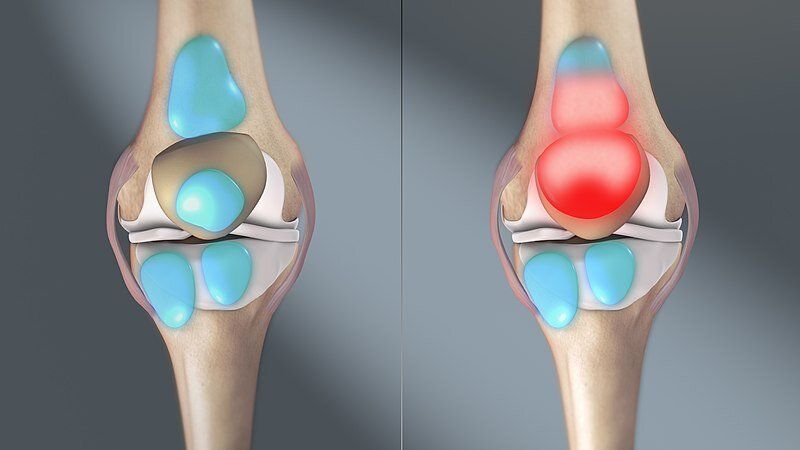
Unburdening Bursitis Bursitis might not be a household term, but for those who experience it, it’s an unwelcome guest in daily life. Bursitis occurs when bursae—small, fluid-filled sacs around joints—become inflamed. These sacs act as cushions between bones, tendons, and muscles near joints, minimizing friction and allowing smooth movement. When bursae are irritated, however, pain and swelling can make even simple movements challenging. Here’s what you need to know about recognizing, preventing, and managing bursitis, including how chiropractic and massage care can offer relief. What are the Symptoms of Bursitis? Common symptoms of bursitis include: Localized Pain : The pain usually centers around the affected joint and can intensify with movement or pressure. Swelling and Warmth : The area might appear swollen and feel warm to the touch. Limited Range of Motion : Stiffness or difficulty moving the affected joint is common, especially if the shoulder, elbow, hip, or knee is involved. Tenderness : Even light pressure on the inflamed area can cause significant discomfort. While bursitis can affect any joint, it’s most frequently found in larger, high-use joints like the shoulders, elbows, hips, and knees. How Does Bursitis Occur? Bursitis is often the result of repetitive movements or prolonged pressure on a joint. Here are some common culprits: Repetitive Motion : Jobs or hobbies requiring repetitive motion—like painting, gardening, or throwing—can stress a joint over time. Sudden Injury : A fall, direct impact, or sudden increase in activity can trigger inflammation in a bursa. Poor Posture : Slouching, lifting improperly, or sitting for long periods without support can lead to bursitis. Underlying Conditions : Conditions like arthritis or gout can also irritate bursae and lead to bursitis. Understanding what might cause bursitis can help you avoid it, especially if you’re at a higher risk due to lifestyle or activities. Preventing Bursitis Prevention is key, especially for those in physically demanding jobs or who engage in repetitive activities. Here are some tips: Practice Good Posture : Whether at work or home, using ergonomics can relieve pressure on your joints. Take Breaks : Avoid staying in the same position for long periods, especially if you’re doing repetitive tasks. Warm Up Properly : Before exercise or physical activity, a proper warm-up can help reduce the risk of joint strain. Strengthen Supporting Muscles : Exercises that strengthen the muscles around your joints can reduce stress on bursae. Treating Bursitis Treatment for bursitis generally focuses on reducing pain, inflammation, and pressure on the affected area. Here are some options: Rest and Ice : Resting the joint and applying ice can help alleviate pain and swelling in the initial stages. Anti-inflammatory Medications : Over-the-counter medications, like ibuprofen, can help reduce inflammation. Stretching and Strengthening : Guided physical therapy or simple stretching exercises can help restore range of motion. Chiropractic and Massage Care for Bursitis Chiropractic adjustments can help relieve pressure on joints, encouraging proper alignment and easing joint stress, which may help reduce inflammation. By improving posture and restoring joint function, chiropractic care can support faster healing. This is not an immediate fix; often times inflamed joints may take several visits to calm down but having a positive attitude about your care makes a big difference. Massage therapy is another valuable tool for bursitis relief. Therapeutic massage can help reduce tension around the affected joint, ease pain, and improve circulation, which supports the body’s natural healing process. In a medical office, therapists can target specific muscle groups around the bursa, offering gentle, customized care to relieve pain without further irritating the joint. If you’re dealing with the nagging discomfort of bursitis, chiropractic and massage care can offer effective, evidence-based solutions for relief. Reclaim comfort and mobility with professional guidance tailored to support your unique recovery needs. Bethany Wolcott D’Youville Chiropractic ‘26
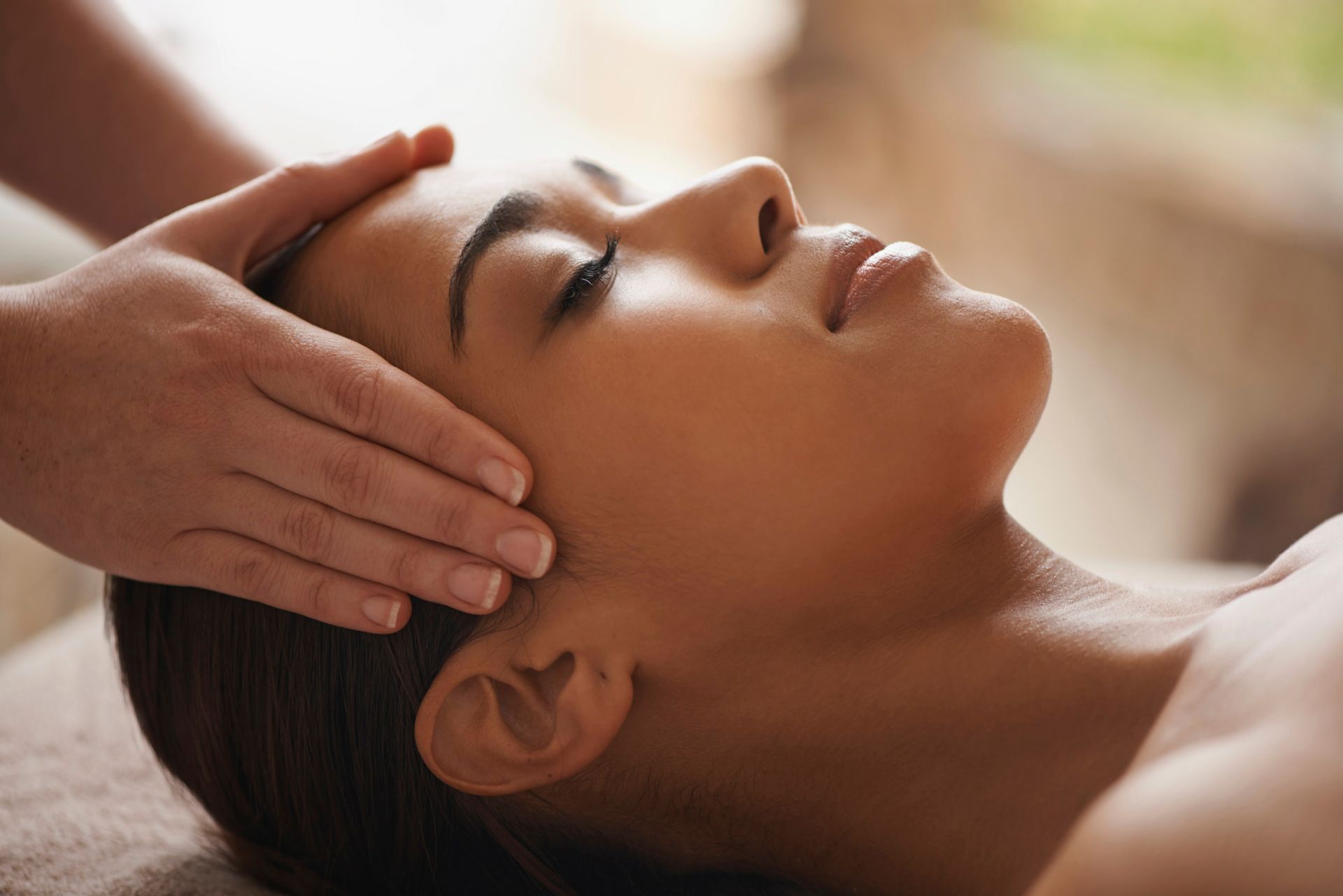
Cranial Sacral Massage (CSM) is a therapeutic technique that offers a unique approach to enhancing overall health. If you’ve never heard of it, or are curious to learn more, here are ten things you probably didn’t know about this fascinating therapy. 1. It Targets the Central Nervous System Cranial Sacral Massage focuses on the soft tissues and fluids surrounding the brain and spinal cord. By applying light pressure, practitioners can influence the flow of cerebrospinal fluid, which in turn helps to improve the function of the central nervous system. 2. It’s More Than Just a Head Massage While the name might suggest that it’s all about the head, CSM actually involves gentle manipulation of the entire craniosacral system, which includes the head, neck, and spine all the way down to a triangle shaped bone at the end of your spine called the sacrum. This approach aims to release tension and improve the body’s natural healing processes. 3. Its Roots Date Back to the Early 20th Century The foundations of Cranial Sacral Massage were laid in the early 1900s by Dr. William Sutherland, an osteopathic physician. He believed that the subtle movements of the cranial bones were crucial to overall health—a theory that later evolved into the practice of Cranial Sacral Therapy. 4. It Was Further Developed in the 1970s Dr. John Upledger, another osteopathic physician, expanded on Sutherland’s work in the 1970s. He conducted research that led to the development of modern Cranial Sacral Therapy, which is now widely recognized as an effective treatment for various conditions. 5. It’s Gentle and Non-Invasive One of the most appealing aspects of Cranial Sacral Massage is its gentle nature. The pressure applied during a session is often no more than the weight of a nickel, making it a safe and non-invasive option for people of all ages. 6. It Can Help with Headaches and Migraines If you suffer from frequent headaches or migraines, CSM may offer relief. By releasing tension in the craniosacral system, this therapy can reduce the severity and frequency of headaches. 7. It’s Beneficial for Chronic Pain Cranial Sacral Massage has been found to alleviate chronic pain conditions, such as fibromyalgia. By improving the function of the central nervous system, CSM helps to reduce pain and improve quality of life. 8. It Promotes Relaxation CSM is an excellent option for those dealing with stress or anxiety. The gentle touch used during a session promotes deep relaxation, helping to calm the nervous system and reduce overall stress levels. 9. It Can Improve Sleep If you’re struggling with sleep disorders, CSM might be worth exploring. This therapy can help improve sleep quality by balancing the sleep-wake cycle and calming the nervous system. 10. You Can Experience It at Peak Performance At Peak Performance in Buffalo, NY, our skilled practitioners are trained in the latest Cranial Sacral Massage techniques. Whether you’re dealing with chronic pain, stress, or simply want to improve your overall wellness, we’re here to help. Contact us today to schedule an appointment and discover the benefits of Cranial Sacral Massage for yourself
